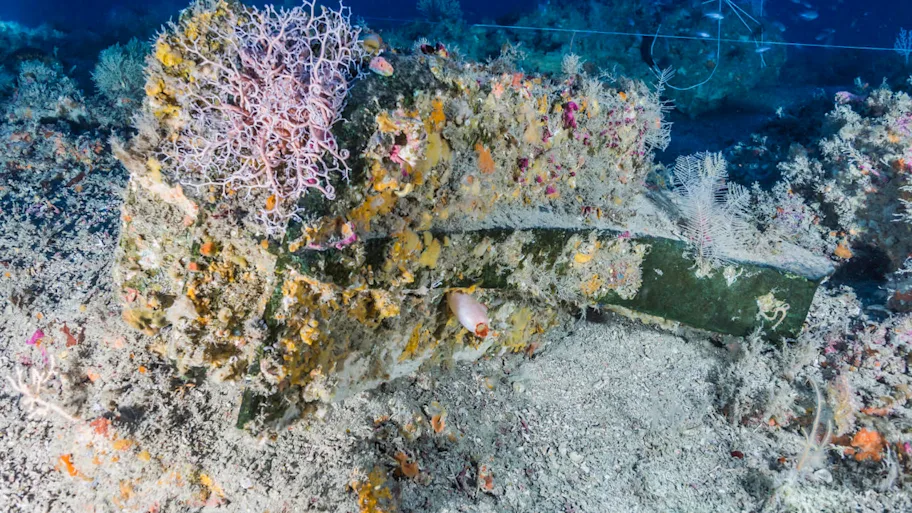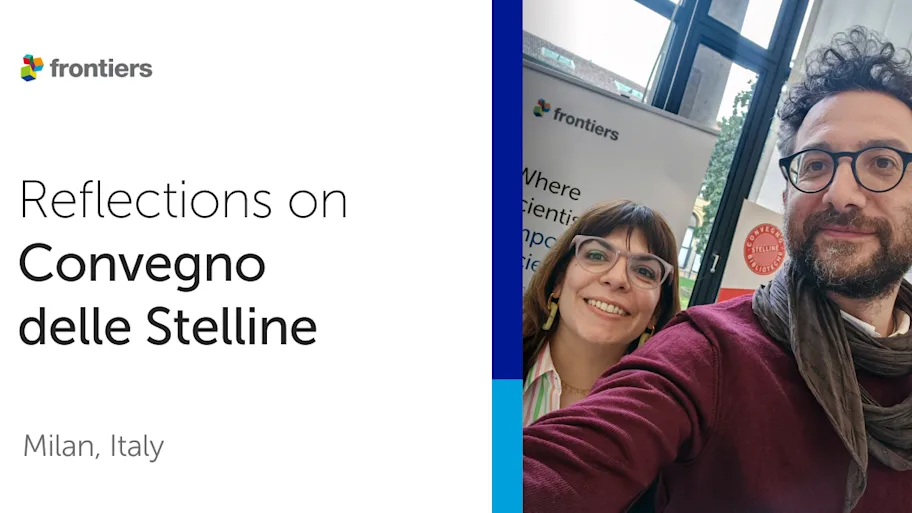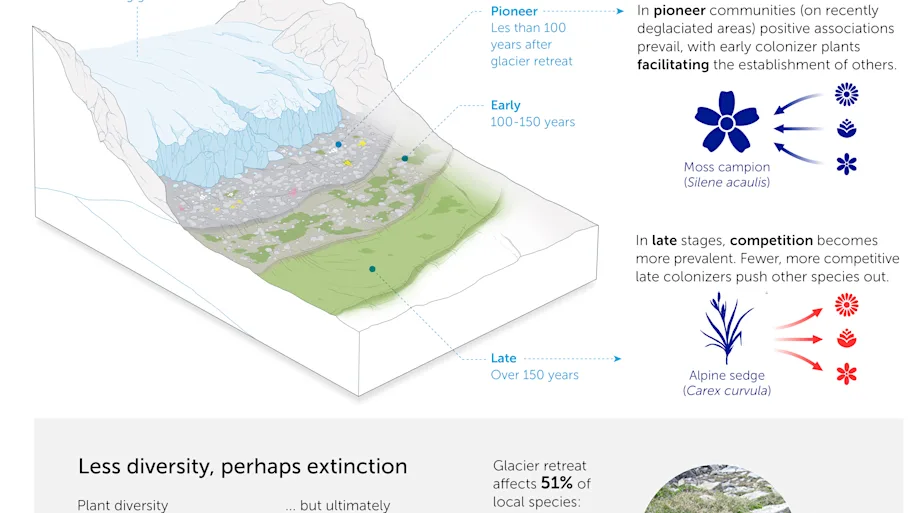
- Science news
- Health
- Pale Rider: the Spanish flu of 1918 and how it changed the world
Pale Rider: the Spanish flu of 1918 and how it changed the world
Drawing on the latest research, this new book narrates a catastrophe that changed humanity for decades to come — and yet, is largely accounted as a footnote to World War I
— By Laura Spinney, Science Writer and Author
In September 2013, I came home from the Italian Alps and asked my husband if he thought that, as a science journalist, I’d be covering the science of the First World War for the next four years. I had just attended what was surely the last funeral for unknown soldiers fallen in that war. There were two of them, and they lost their lives in a little-known episode of the conflict called the White War, in which Italians and Austro-Hungarians struggled for control of those mountains at altitudes exceeding 3,000 metres. Global warming had since shrunk the glacier in which they had been entombed, in a crevasse, and their remains had melted out the previous year.
My question was rhetorical — sort of. We do love a good centenary and it would soon be the Great War’s turn, right up until 2018. The events in Italy that I had reported on were extremely moving, and if it was all going to be like that, I wasn’t sure I could keep up the emotional pace. My husband thought about my sort-of rhetorical question, and then sort of answered it. “No-one ever talks about the Spanish flu,” he said, “but 2018 is the centenary of that, too. And unless I’m mistaken, it killed more than the First World War.”

An influenza ward at the U S Army Camp Hospital in Aix-les-Bains France during the Spanish Flu epidemic of 1918-19, 1918 photograph with digital color. By Everett Historical via shutterstock.
He wasn’t mistaken. The Spanish flu, the pandemic of influenza that swept the world between March 1918 and March 1920, killed at least 50 million people and perhaps as many as 100 million. The First World War killed around 17 million. Yet Alps of books have been written about the war, and only a tiny molehill about the flu. This intrigued me, and I set out to investigate the “forgotten” pandemic. The result is “Pale Rider: the Spanish flu of 1918 and how it changed the world”, which will be published this month by Jonathan Cape in the UK.
Much of what has been written about the 1918 pandemic to date has focused on what happened in Europe and North America, simply because the best data were available in those places. But Europe- and North America-centred accounts distort the picture for two reasons: those continents reported the lowest death rates, on average; and they were both heavily implicated in a war that would devastate Europe. For Americans and Europeans, 1918 was the year the war ended — and with good reason. But on every other continent, with the exception of Antarctica which both disasters left untouched, more died of flu than war, and 1918 was remembered as the year of the flu.
The last 20 years have seen an explosion of academic interest in the Spanish flu, and there is now more information available about what happened in the rest of the world. This interest has become increasingly multidisciplinary, too, so that psychologists, economists and “mainstream” historians have become interested in the pandemic, where previously it was the preserve of virologists and medical historians. As a result, our understanding of it has been radically transformed, which is why now seems a good time to pool all that new knowledge, and revisit the subject.
Many mysteries remain where the Spanish flu is concerned. We still don’t know where it started, for example, though we do know that it didn’t start in Spain (I lay out the three rival theories of its origins in my book, and explain which is most likely; it’s not the one you think). We don’t know how many died in China, where health-related data were not centrally collected at the time — and this is one important reason why the estimated total death toll covers such a wide range. We don’t know how many orphans the pandemic created, though we know there must have been very many of them, and we don’t know how many millions of survivors went on to suffer from post-viral “melancholia” or depression — though we know it was debilitating and sometimes chronic, and that it left its mark in the arts.
Nor can we really answer why such a devastating event has left such a faint trace in our collective memory, compared to the deep scar left by the war — though the nascent scientific field of collective memory is generating some possible explanations, and these, too, I explore in the book.
Scholars in the humanities have been interested in collective memory for longer, and they point out that impact is not the same as meaning. Meaning depends on language — that is, on having the language available to describe exactly what happened and why. Virus was a novel concept in 1918. Immune memory, genetic predisposition, postviral syndrome and nocebo effect — concepts that are indispensable to any serious account of the Spanish flu today — wouldn’t be named for decades after the event. So it took time for the pandemic to acquire meaning, or for meaning to coalesce around it, and that process continues today. That’s why it’s my hunch that, by the time the bicentenary swings around, we won’t be calling it for “forgotten” anymore — even if, by then, there will be plenty new to say.
Red more: https://www.penguin.co.uk/books/1110253/pale-rider/






